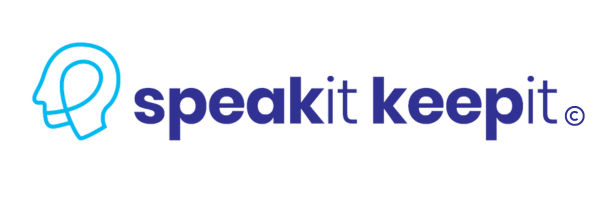The ability to transform lecture material into mindful notes is a skill that requires practice, discipline and creativity. Students who don’t invest in learning how they learn or in college academic learning workshops often find themselves taking notes as mindless scribes.
Taking notes of only the lecture material is not the goal, notes should be taken also of a students’ thinking process generated while listening to the lecture. Mindful notes contain the patterns and connections between lecture information and the bigger picture. Students should briefly note their internal dialogue, questions and what kind of information was most important.
Scribe (Definition)
a person who copies out documents, especially one employed to do this before printing was invented.
Should students become scribes in lecture? Could you imagine spending hours simply making copies of documents for a living? Do you think your mind might wander off at times?
The term mindless scribe can describe a student who takes notes but has their mind somewhere else. This is where you simply record the material without really engaging with the information. Whether you’re typing on a laptop or writing furiously to keep up with the lecture.
Students fall into this way of note taking when they experience barriers of learning like stress, complexity of information or lack of sleep. It’s easy to join lectures and take notes like a mindless scribe. But a person who simply reads and writes the information without critically thinking about it, is a mindless scribe, kind of like a robot. In a way the information goes in one ear and out the other, but it does get on the paper meaning the notes.
A mindful scribe is a person who absorbs information, instead of letting it go in one ear and out the other. They hear the information, understand it and can also write down the key points as needed. When students understand this concept they can begin to generate notes that function like scripts that actors read in a play. When actors/actresses read a script, they not only memorize their lines but they begin to make connections to their position on stage, their relationship to other characters, emotions they should display and more. The script becomes a trigger that moves them into the realm of visualization. They begin to imagine what the scene should look like or even turn into. Then if needed they improvise to reach the desired result.
When notes are taken in this way, it prepares the student for discussion after lectures. Students can use their notes to jog their memory and recall more information than was written down. The power of speaking and listening to one’s voice can activate the whole mind. Students are able to recall what they know, while realizing what they don’t know while also remembering more of what they didn’t know they knew. Cognitive learning theories explain that jogging the mind can be done by physically moving your body.1
Incorporating this can help students recall and store information simultaneously which increases the efficiency of their study time. These techniques are simple and in my transformative workshop, I help students break their fixed ideas about learning and move into an expanded learning state. They will develop the ability to replay back parts of the lecture like retelling movie scenes. Students who become mindful scribes are more prepared for discussions and develop an ability to convert their lecture learning into conversations with other students.

